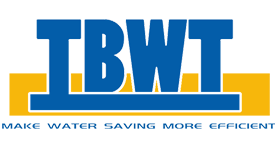
IBWT REVERSE OSMOSIS CHEMICALS AND APPLICATION SCHEME
MAKE WATER SAVING MORE EFFICIENT
In the past decade, IBWT has created three industry initiatives and four global firsts. All our scale inhibitors, corrosion inhibitors and bactericides make industrial water more productive; At the same time, strive to meet the highest level of global environmental protection standards. We have been committed to the research and development of membrane agents for 20 years. IBWT team has not only focused on the research and development stage of agents, but also carried out in-depth work in the field of production and application. We have accumulated a lot of experience and technology in the structure, mechanism, performance and application of water treatment agents in different fields. The high performance of the membrane removal system ensures the stable operation of the IB membrane treatment system according to different professional conditions. We have a technical support team with rich industrial experience and sywater-foss in plant operation service team, which are committed to providing customers with the best solutions and helping customers develop and maintain their competitive advantage.
THREE INDUSTRY INITIATIVES
The industry's first hyperbranched polymer phosphorus free RO reverse osmosis scale inhibitor and anti pollution dispersant
It is the first binary copolymer of maleic acid and non-ionic monomer in the industry
MA-AA, the first MA-AA copolymer in the industry with the proportion of maleic anhydride exceeding 70%
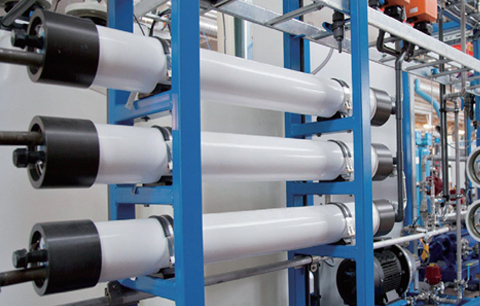
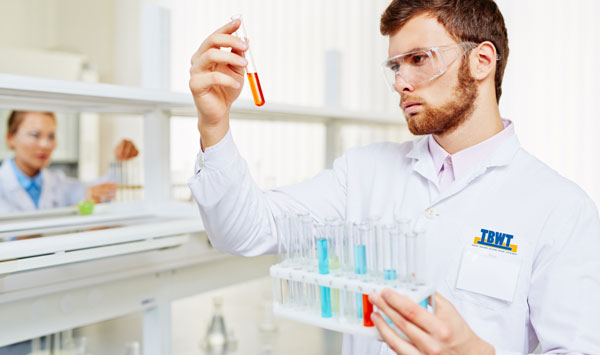
FOUR GLOBAL FIRSTS
Hpma-amps-a is the world's first aqueous polymerization process
The world's first itaconic acid homopolymer with molecular weight of 5000
The world's first mass-produced aqueous solution polymerized polymaleic anhydride HPMA with molecular weight of 2000
The world's first mass-produced aqueous solution polymerization of maleic acid-2 acrylamide-2 methylpropanesulfonic acid copolymer ma-amps with a molecular weight of more than 4000
ADVANTAGES OF IBWT MEMBRANE SCHEME
Perfect combination of pretreatment and membrane process chemicals
Prolong the life of membrane
Increase water production rate
Reduce cleaning frequency
Reduce operating costs
Effectively reduce downtime
CORE PRODUCT SUPER POLYMER SERIES HYPERBRANCHED POLYMER REVERSE OSMOSIS SCALE INHIBITOR DISPERSANT
ERA BACKGROUND OF SUPER POLYMER "COMPREHENSIVE ANTI POLLUTION AGENT"
With the development of water treatment reverse osmosis membrane material technology, taking the anti pollution RO membrane popularized by Dow Chemical in the global market in recent years as the background, we are constantly promoting the technological reform of membrane related supporting chemicals. At present, most reverse osmosis systems can withstand the influent with high calcium carbonate hardness without adding any scale inhibitor, The influent with calcium carbonate hardness of about 300mg / L, a simple pollutant, can also run for 1 ~ 3 months or even longer in the system with a yield of 70 ~ 75%, without chemical cleaning, which makes the performance of small molecular organic phosphorus scale inhibitor with the strongest ability to resist calcium carbonate scale become redundant, the function and use become single, and the user's choice becomes embarrassing.
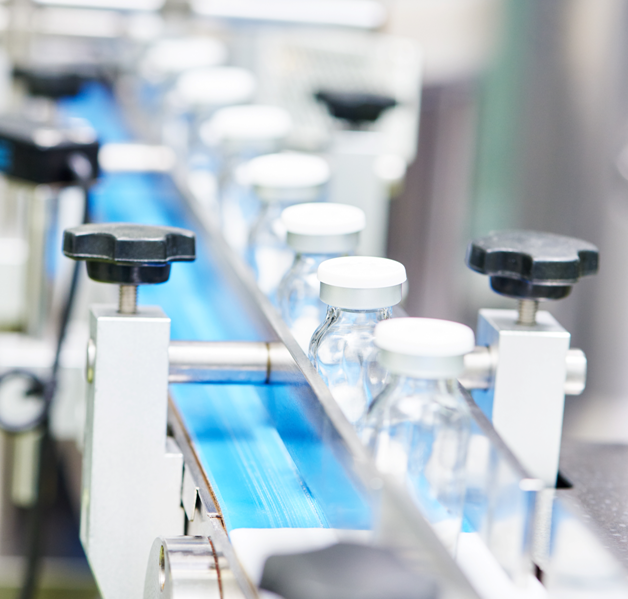
SMALL MOLECULE MEMBRANE SCALE INHIBITOR STRIDES FORWARD TO THE ERA OF POLYMER
With the application of membrane technology into the era of reclaimed water / sewage reuse, the pollutants in the membrane system have become more and more diversified. The span of problems and the main challenges of controlling membrane pollution have been reflected in colloidal organic matter / COD, oil ester organic matter, colloidal silica, colloidal silica, iron aluminum and other metal oxides, inorganic flocculants brought into the system by pretreatment, heterocyclic substances in reclaimed water / sewage and other conventional pollutants at this stage. Most of these dirt are viscous or self aggregating. They are easier to adhere to the membrane surface and form dirt blockage than calcium and magnesium inorganic salts. They form reverse osmosis membrane dirt blockage faster than calcium carbonate. The frequency of system cleaning is higher and the maintenance is more difficult.
With the rapid progress of the water treatment and environmental protection industry towards the goal of zero emission, under the background of the growth of the membrane supporting chemical market and the intensification of industry competition, the traditional small molecular scale inhibitor has less and less application space because of its single performance and the environmental pressure caused by its phosphorus content. On the other hand, with the development of polymer technology, functional polymers for water treatment have been able to achieve precise and multifunctional functions through grafting and copolymerization processes, and have more and more comprehensive properties than traditional small molecule water treatment chemicals and complexes. This advantage has begun to highlight in membrane water treatment chemicals and gradually open the gap with traditional chemicals. From the perspective of problems and technology, The era of small molecule "membrane scale inhibitor" based on the applied science of reverse osmosis in water treatment has crossed a new era of polymer "comprehensive anti pollution agent".
FAULT OVERVIEW OF REVERSE OSMOSIS MEMBRANE SYSTEM
Reverse osmosis is the most widely used desalination technology in the preparation of high purity water. In the past 30 years, reverse osmosis, electrodialysis, ultrafiltration and membrane filtration have entered industrial applications. However, with the expansion of the application scope of membrane technology in filtration and desalination processes, especially in today's increasingly tense water resources, the problems of membrane equipment in the use process are becoming more and more prominent. Under the condition that the production and quality of make-up water generally change and deteriorate, if effective operation and chemical control measures are not taken, The membrane flux (flow) will decrease, the operation energy consumption will increase, the product water quality will decrease, and the service life of membrane equipment will be shortened, resulting in the increase of plant cost.
In addition to the performance changes caused by the increase of inlet TDS, water temperature fluctuation, operation parameter adjustment and other reasons, when the changes of main performance parameters of reverse osmosis and nanofiltration system exceed a certain range required by the original design of the system, the fault analysis shall be carried out in time to find out the cause of the problem and deal with it accordingly. Water yield and desalination rate are the basic performance parameters of reverse osmosis system.
CHANGE INDEX OF MAIN PERFORMANCE PARAMETERS
Under normal feed water pressure, the water yield decreases by 10% - 15% compared with the normal value; In order to maintain normal water production, the feed water pressure after temperature correction is increased by 10% - 15%; The quality of produced water decreases by 10% - 15% (the conductivity of produced water increases by 10% - 15%); Feed water pressure increases by 10% - 15% The pressure drop between each section of the system increases significantly.
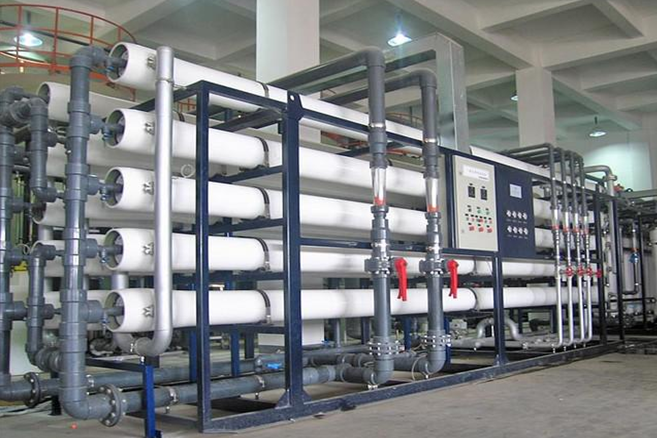
MAIN FAULT CAUSES
Membrane pollution: membrane pollution is the core work of dealing with system failure. It is necessary to determine the type, degree and distribution of pollutants, and on this basis, carry out cleaning and recovery and take measures to avoid or reduce pollution;
System design error and hardware failure: unreasonable pretreatment design, improper selection of membrane components, leakage of O-ring seal, membrane oxidation and mechanical failure.
FACTORS CAUSING MEMBRANE FOULING
Improper pretreatment method; Improper pretreatment operation; Improper material selection of water supply system (pipeline, pump, valve, etc.); The chemical dosing system (metering pump) is abnormal; Improper flushing after shutdown; Improper operation control (such as recovery rate, product water flux, feed water flow rate, etc.); Calcium, silicon and other sediments accumulated during long-term operation; Change of water source of reverse osmosis water supply; Biological pollution of water supply sources.


